
Election Process: Election results are out but who chooses the Chief Minister and CM, get ready for swearing in.
The results of the elections held in Rajasthan, Madhya Pradesh, Chhattisgarh and Telangana came out. BJP won in all the three states of Rajasthan, Madhya Pradesh, Chhattisgarh but Congress won in Telangana but now it is the turn of government formation, know its complete information.
Final results of 4 states.
Total seats/majority 199/100
Rajasthan
BJP 115
congress 69
other 15
Total seats/majority 230/116
Madhya Pradesh
BJP 163
Congress 66
other 01
Total seats/majority 230/116
Chhattisgarh
BJP 54
Congress 35
other 01
90/46
119/60
Total seats/majority 119/60
Telangana
Congress 64
BHRS 39
other 16
Who will form the government?
Article 164 of the Indian Constitution: This article also states that the Governor administers the oath to the ministers just like the Chief Minister. This shows that after the results are declared, the role of the Governor is the most important role till the formation of the new government.
The party which is given majority in the assembly elections stakes claim to form the government in front of the Governor, Rajasthan, Madhya Pradesh, Chhattisgarh, Telangana have a clear majority in these four states, hence these parties will stake claim to form the government here.
Who chooses the ministers?
The Chief Minister is elected by the MLAs. In this way, the Chief Minister himself selects the ministers for his cabinet in the state. A maximum of 15% of the total MLAs of a state can be made ministers, while for this the number of ministers including the Chief Minister is less than 12. Shouldn't happen.
How is the Chief Minister elected?
When the results of the elections are revealed, then the MLAs of the party gaining majority elect the leader of their party and this leader becomes the Chief Minister. In political practice, usually the party announces the Chief Minister before the elections or the high command decides the name of the CM after the elections.
Government's criterion.
If there is a small party which claims majority with the support letters of the MLAs, then the Governor can also form its government. However, the government has to prove majority in the Assembly, then the government moves forward only after getting the confidence of the House, otherwise. She falls.
An example of this is that in the 1998 Lok Sabha elections it was seen that no one got the majority. BJP had formed the government with AIADMK but after 13 months, this government fell by 1 vote in the trust vote.
No one should get majority.
Sometimes it happens that even one party does not get the majority, then it is called a hung assembly and if the party winning the most seats is not able to muster the majority, then the other big party is invited to form the government.
After this, if any party or alliance is unable to garner majority, then re-elections can be held in the state.
Like in Delhi Assembly elections in 2013, the majority figure was 36 but BJP refused to form the government, then AAP-Congress together formed the government.


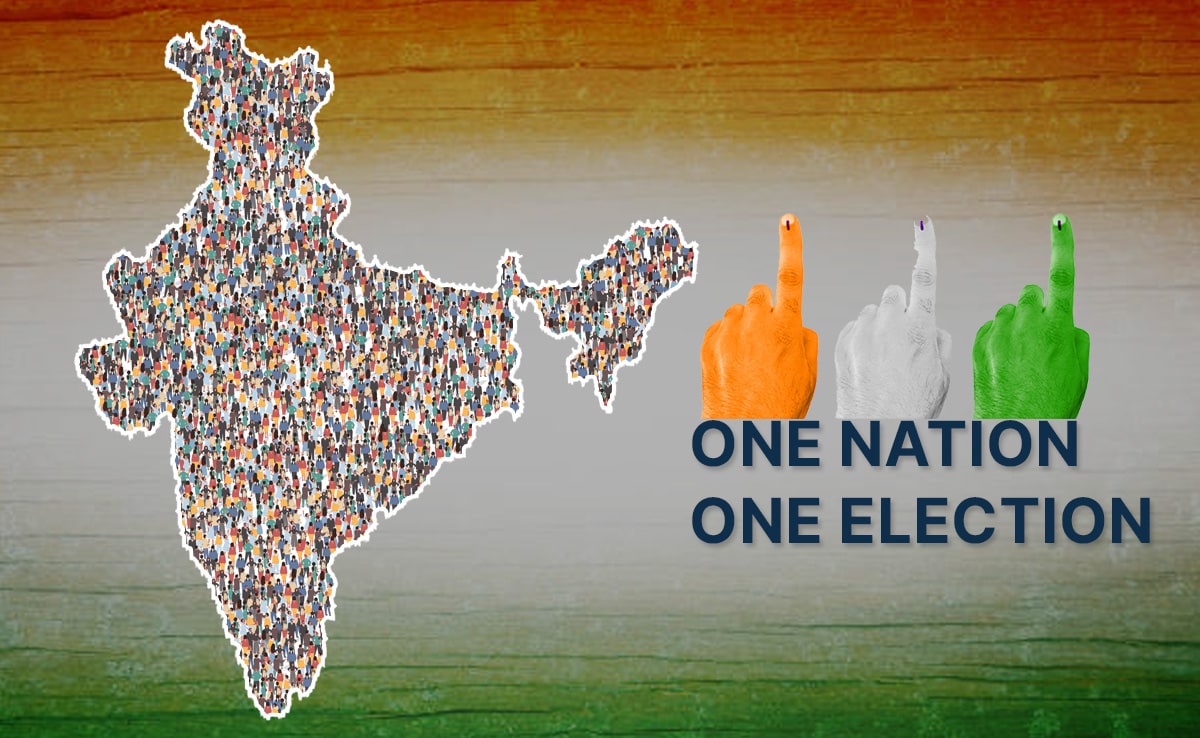
.jpg)
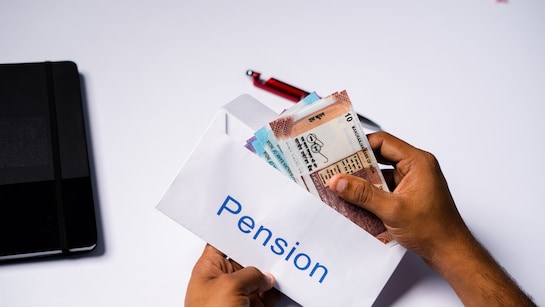
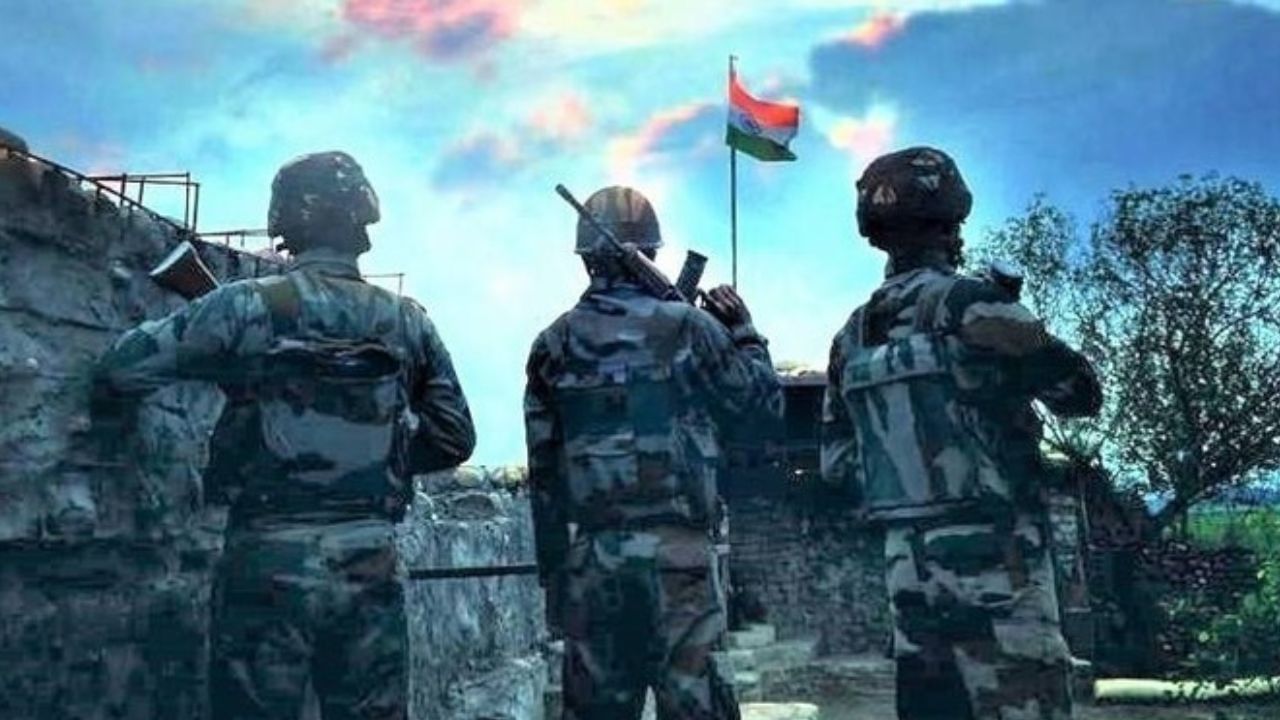
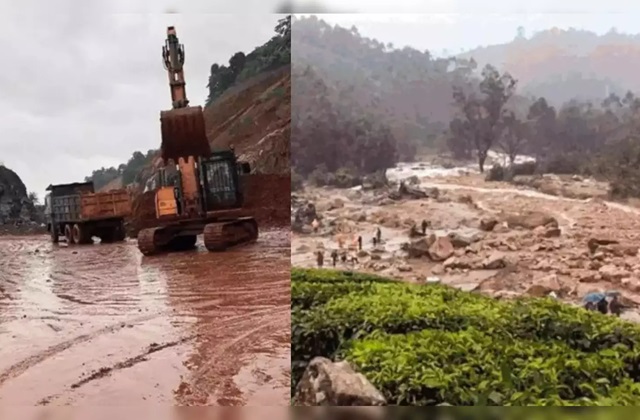

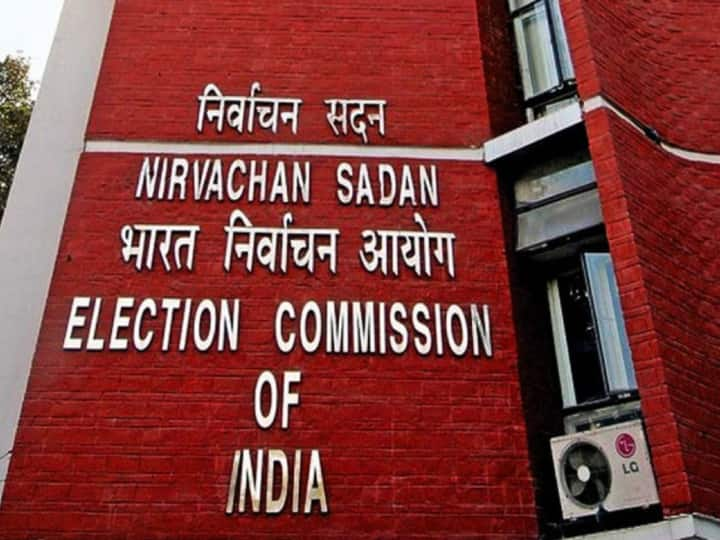
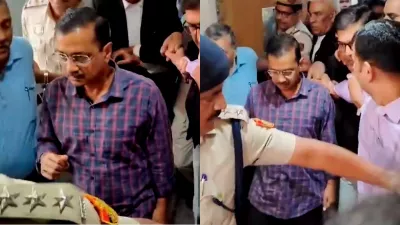
Comments
LEAVE A REPLY
Your email address will not be published